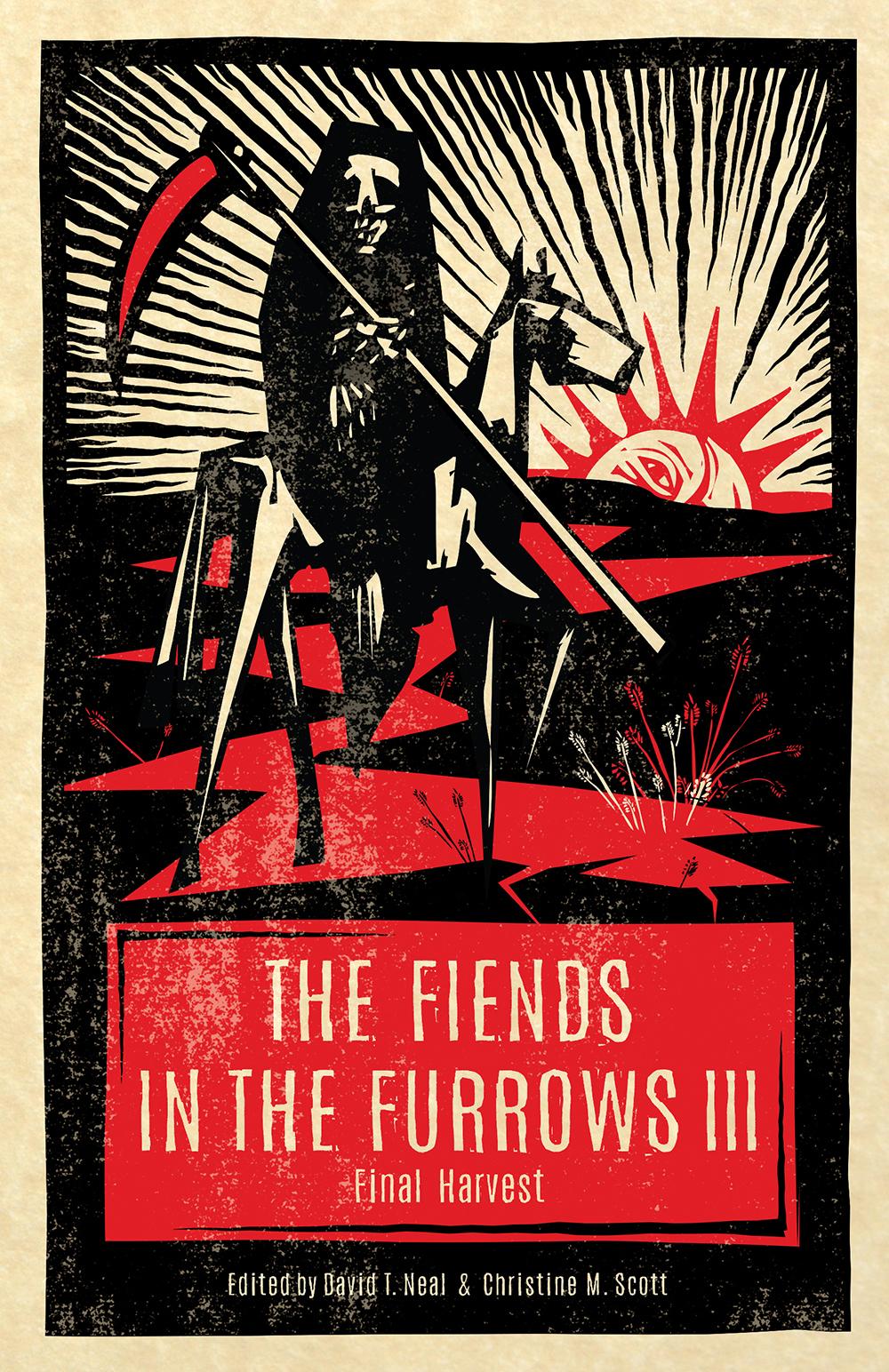CONTRIBUTOR SPOTLIGHT: Tracy Fahey

TRACY FAHEY is an Irish writer. She has been twice shortlisted for Best Collection at the British Fantasy Awards —in 2017 for The Unheimlich Manoeuvre and in 2022 for I Spit Myself Out. Fahey’s short fiction is published in over thirty American, British, Australian and Irish anthologies including Stephen Jones’ Best New Horror, Nightscript V, and Uncertainties III, and her work has been reviewed in the TLS and Black Static. Fourteen of her stories have appeared on Ellen Datlow’s “Recommended Reading Lists” from 2016-2022. Fahey holds a PhD on the Gothic in visual arts, and her non-fiction writing on the Gothic and folklore has appeared in Irish, English, Italian, Dutch and Australian edited collections. She has been awarded residencies in Ireland and Greece, and Irish funding from Limerick Grants Under The Arts, and in 20232, an Individual Arts Bursary. In 2022 she was awarded Saari Fellow status for 2023 by the Kone Foundation, Finland to research her new collection which examines the relationship between women, folklore and power.
The Fiends in the Furrows III: Final Harvest
“Witchwalking”
What do you like most about Folk Horror?
Folk Horror speaks to the core of my lived experience growing up in rural Ireland, where the Otherworld (and its denizens) was something to be feared and appeased, but also somewhere that was just a breath away. My grandmother was a wonderful seanchaí (storyteller) and she told me stories of local legends intermingled with bloody episodes of folk history. So I grew up with tales of the banshee, jumping churches, the unquiet dead. The landscape in Ireland is imbued with a spirit of place, and is studded with portals to the Otherworld – passage graves, wedge tombs, fairy-forts (ring-forts), shrines and holy wells with curative properties, sacred caves said to be passages to Purgatory, or even to Hell. Folk Horror for me isn’t about shock or, even, strictly, horror. It’s about recapturing that sense of sublime wonder that haunted those early tales I heard; a deep sense of land that is a living repository of memory and strange histories. More than anything, I’m obsessed by the way that this ancient past still impinges on our present – and that I feel, is one of the reasons why our fascination with this genre endures. Folklore is a living entity, after all, and on this subject, I’ve conducted a three-year memory project, written academic articles, delivered papers, and themed fiction around it – not just the story in Fiends III, ‘Witchwalking,’ but my earlier collection New Music For Old Rituals (Black Shuck Books, 2018) and my YA novel The Girl In The Fort (Fox Spirit, 2017).
What inspired you to write your FIENDS III story?
Well, creating ‘Witchwalking’ was the fulfillment of a long-held ambition – I’ve always wanted to write a síle-na-gig story! The mystery and prevalence of these pieces, dotted throughout churches, castles and other locations, and the various theories as to what they represent – I loved the idea of exploring this in fiction. Armed with a fine map by Jack Roberts, the expert on Irish síle-na-gigs, I’ve been tracking them down and photographing them, and this fieldwork-research, I feel, feeds into the story. I’d also researched the idea of ritual practices in circling stones (that’s where the title of the story, ‘Witchwalking,’ comes from). I’m also very interested in what folk narratives have to say to contemporary women. Folk horror that articulates the complexity and nuance of being female, and that moves women quietly from the margins to the centre like Lucie McKnight Hardy’s novel And Water Shall Refuse Them or Sarah Hall’s Ghost Wall – or the utterly marvellous movie, She Will (Colbert, 2021) – look both to past injustices wreaked on women, but also to how they relate to contemporary female issues. In ‘Witchwalking,’ the ancient female strength symbolised by the síle-na-gig lends power to the village women and their female-centred rituals of fertility and childbirth, and ultimately, restores agency to the progatonist. I love what Nosetouch Press has done in creating these beautiful volumes which disseminate fresh, strong stories of folk horror through the Fiends series, and i’m so happy ‘Witchwalking’ found its home in this anthology.
What upcoming projects are you working on?
[draws a deep breath]. Very many. Most relevant to this story is a collection which is nearing its end – Queens Of The Crone Age – which explores narratives to do with the power and agency of older women, inspired by the Irish cailleach, the crone. This is unlike much of my work which tends to be centred round fear, powerlessness and ambiguous situations, in that most of these are narratives of resistence and triumph. I’ve been supported in this project by the Kone Foundation, Finland who have awarded me a Saari Fellowship, so I’m spending March and April of 2023 on a residency in the forests of south-west Finland to work on it. There’s another collection quietly growing, There Where I Am Not, which deals with liminality. I’m working on scripting a short performance film funded by the Arts Council, Ireland and commissioned by marvellous artist, Naomhan Joyce whose work intermingles fine art and circus art. I have a novella that I’m working on for a editorial deadline in April that I won’t say anything about, as it hasn’t been announced, but I’m excited by it, and it keeps surprising me as I write it. And there’s another novella (or possibly a novel?) bubbling away alongside, the development of which is kindly supported by an Individual Arts Bursary awarded by Limerick City and County Council. I find I work best when I’m engaged in multiple projects, so I can dash between them, and it keeps them feeling fresh.

THE FIENDS IN THE FURROWS III
THE FIENDS IN THE FURROWS III: FINAL HARVEST is a collection of nineteen stories embodying the menacing essence of Folk Horror.
Folk Horror fans will uncover in these short stories tales of rampant rural monstrosity and agrarian horror within rustic settings, where dread sinks its roots deep into the earth to bring forth a bountiful crop of unforgettable terrors.
Nosetouch Press is proud to present THE FIENDS IN THE FURROWS III: FINAL HARVEST to horror readers everywhere.
